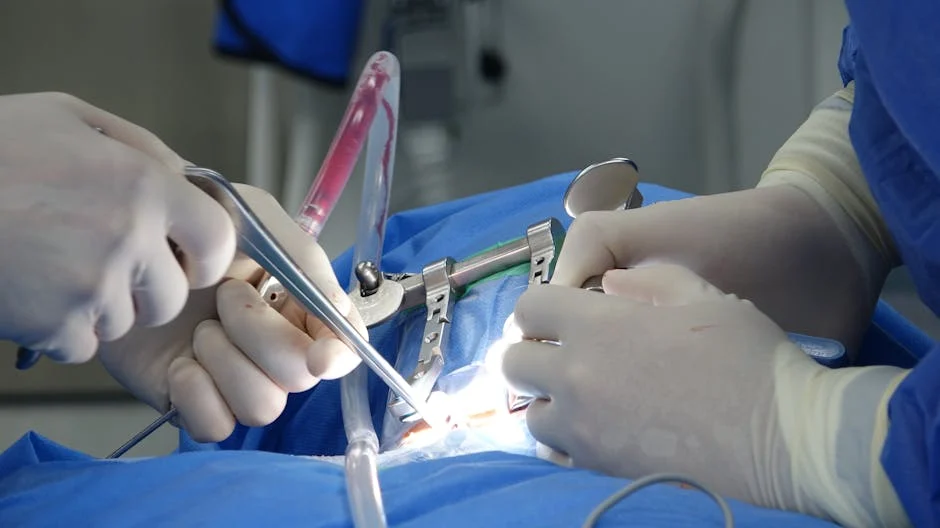Minimally invasive surgery is a modern surgical approach that allows surgeons to operate through small incisions instead of one large opening. This technique often involves the use of specialized instruments and a camera to view the surgical area. By avoiding large cuts, minimally invasive procedures can lead to a different recovery experience compared to traditional open surgery. One of the advanced forms of minimally invasive surgery is robotic-assisted surgery, which provides surgeons with enhanced tools for complex procedures. Here’s more information on when robotic surgery may be recommended:
What Is Robotic Surgery?
Robotic surgery is a type of minimally invasive surgery where surgeons guide robotic arms to perform procedures. Instead of holding the surgical tools directly, the surgeon operates from a console, typically located in the same operating room. This console provides a high-definition, 3D magnified view of the surgical site, offering a level of detail that surpasses what the human eye can see. The surgeon’s hand movements are translated into precise, real-time movements of the small instruments at the end of the robotic arms.
One of the most well-known systems for robotic procedures is the da Vinci surgical system. With da Vinci technology, the surgeon uses master controls to maneuver instruments that have a range of motion greater than the human hand. This allows for exceptionally steady and controlled movements. Da Vinci technology gives surgeons an advanced toolset to perform delicate and complex operations through very small incisions.
What Are the Benefits of Robotic Surgery?
When a doctor recommends robotic surgery, it is often because of the potential advantages this minimally invasive approach can offer. Compared to traditional open surgery, which requires a long incision, robotic surgery uses a few minor entry point incisions. This fundamental difference can influence a patient’s recovery process. Some other notable benefits of robotic techniques are:
- Decreased Pain During Recovery
- Faster Recovery Time
- Quicker Return to Daily Activities
- Improved Outcomes for Various Surgical Procedures
Patients commonly experience less blood loss during a minimally invasive surgery. The use of smaller incisions can also lead to less noticeable scarring. Hospital stays following a robotic procedure can be shorter compared to those of an open surgery. Specific benefits may vary depending on each patient and the type of procedure being performed.
What Conditions May Need Surgery?
A variety of medical conditions across numerous specialties may be treated using robotic-assisted surgery, from brain to urological surgery. Surgeons determine the most appropriate surgical approach based on a patient’s specific condition, medical history, and overall health. For general surgery procedures, robotic surgical techniques are commonly used in gallbladder and colon procedures.
For gallbladder removal, robotic assistance can provide the surgeon with a clear view of the small, delicate structures of the gallbladder and bile ducts. This enhanced visualization and precision can be beneficial when navigating complex areas. In colon surgeries, like a colectomy to remove diseased portions of the colon, robotic surgery allows for intricate work within the tight confines of the abdomen. The precision and control offered by the robotic platform can assist the surgeon in performing these complex procedures.
Some other surgeries that doctors use minimally invasive robotic techniques on include:
- Acid Reflux Surgery
- Gastric Bypass Surgery
- Hernia Repair Surgery
- Spine Surgery
Schedule an Appointment
If you have been diagnosed with a condition that may require surgery, discuss your available options with a medical professional today. A consultation with a surgeon can provide clarity on whether robotic surgery or another approach is the most suitable for your needs. Contact a healthcare provider to schedule an appointment.

